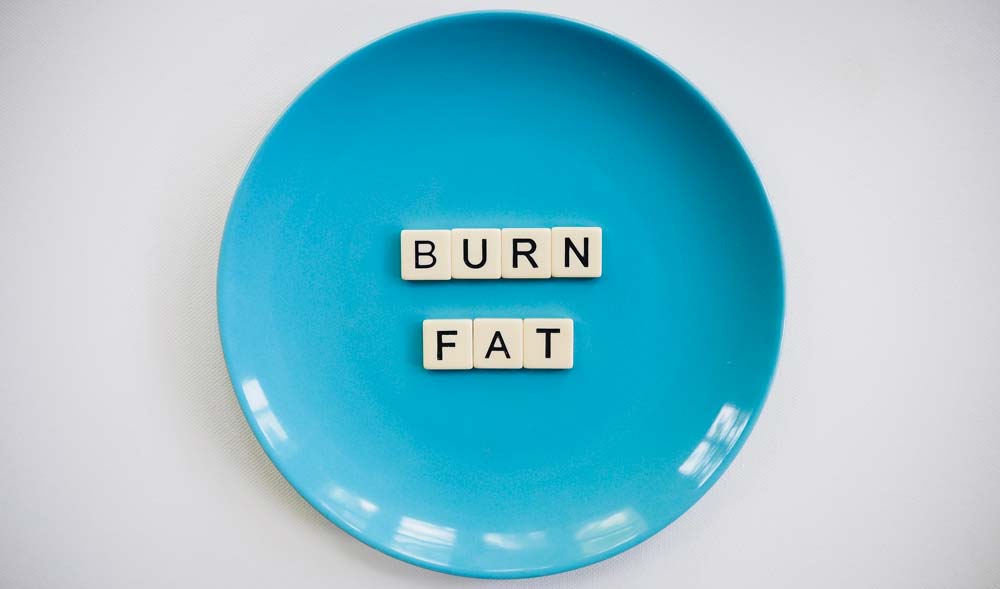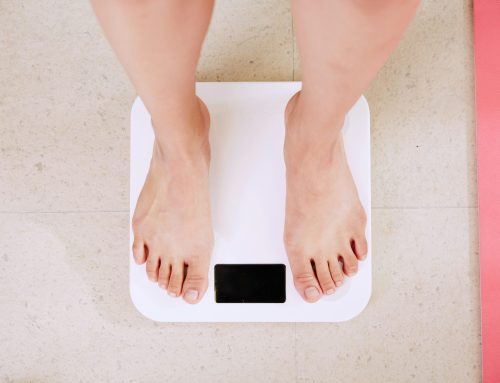Food is your body’s fuel. Without fuel, your body wants to shut down.
– Ken Hill
While you are fasting, you abstain from food for prolonged periods (and therefore have a lower supply of fuel). Considering our bodies need fuel to perform daily tasks and exercise, the question is, how does exercise affect someone who is practicing intermittent fasting? In theory, it would seem to make sense that you should avoid working out while fasting, right?
As conflicting as it may sound, not only can you exercise while fasting, but working out can actually boost the effects and results of your fast. Keep in mind there are many things to consider before hitting the gym or pounding the pavement (such as your fitness goals and reasons for fasting, for example). This article aims to outline these considerations so you can make safe and effective decisions surrounding your exercise and fasting routine.
Contents
What Happens to Your Body During a Fast?
To successfully incorporate exercise during a fast, it is crucial to understand what happens to your body when it is in a fasted state. When you eat, your body releases insulin to help cells convert glucose (and other sugars) from food into energy. If this energy isn’t used, it gets stored as fat, resulting in weight gain and fat deposits around the body.
During a fast, no insulin is released, which causes your body to look elsewhere for energy reserves. This is when your body starts using fat for fuel, leading to weight loss (among many other health benefits). For your body to get to the stage where it is burning fat, you need to fast consistently for at least 14 hours at a time.
It is essential to recognize that intermittent fasting is not a diet; it is an eating practice that dates back centuries and has become a lifestyle choice for many along the way. The benefits of intermittent fasting correlate with those from regular exercise (weight loss, fat burning, longevity, etc.); therefore, it doesn’t necessarily seem so contradictory to perform them together.
Is it Safe to Exercise While Fasting?
Yes, but remember to listen to your body.
As mentioned, exercising while fasting is not only safe but effective. Many athletes regularly fast to boost endurance, which aims to retrain their bodies to use fat for fuel (ketosis), thus giving them an edge over their opponents.
If you are new to fasting (or are closing in on the end of your fasting window), you may feel weaker than usual and, therefore, may not perform as well during your workout. If this is the case, it is advisable to lower the intensity and duration of your workouts while your body adjusts (and becomes adept at burning fat for fuel).
When should you exercise while fasting?
Timing is everything when exercising during a fast.
How far along you are into your fast (and how regularly you fast) will determine how you feel during your workout. It will also determine the capacity at which you can exercise and when you should potentially break your fast (your general day to day routine will play a role in this too).
For those used to exercising first thing in the morning, working out on an empty stomach is already familiar to you and won’t feel much different during an extended fast. But for those used to exercising on full bellies, working out while in a fasted state may be a bit harder to adapt to and will require some perseverance. If this is the case, exercising closer to the start of your fast might be preferable (if possible).
As mentioned above, you may initially struggle to exercise for a substantial duration (and intensity) the hungrier you are. As with any new lifestyle change, there is an adjustment period, and you should approach your usual workout routine with some flexibility.
What kind of exercise should you do while fasting?
Ultimately, this depends on your fitness goals (and how you are feeling), but generally speaking, you can do any kind of exercise. Shorter and lower intensity workouts like walking, yoga, or pilates might be preferable if you feel unusually weak or tired.
Advice on other forms of exercises are outlined below:
Cardio and Intermittent Fasting
Your endurance during your cardio session will depend on how fat-adapted your body is (i.e., how well your body is burning fat for fuel instead of glucose). If you are new to fasting, it is normal for your performance to decline initially because it takes time for your body to adapt to its new fuel source.
Fasting (like endurance exercise) takes perseverance; once your body is fat-adapted, your performance will improve. Cardio (as well as weight training) puts stress on the body, so it requires a pretty rapid refueling afterward. If you favor cardio, it is advisable to schedule it closer to your eating windows when possible.
High-Intensity Interval Training (HIIT) and Intermittent Fasting
HIIT consists of intense intervals of activity combined with short periods of rest. It is an excellent method of training for building strength and stamina as well as burning fat. HIIT is probably one of the better exercise routines in terms of being suited for intermittent fasting. If you can continue your fast for an additional 2-3 hours following a HIIT session, the benefits of the training are boosted incrementally. Just ensure (as with all exercise) you stay hydrated!
Weight Training and Intermittent Fasting
Lifting weights is also fine to perform during your fast, but there are perhaps a few additional factors to consider. In particular, we need to be aware of the role glucose plays in repairing muscles. As previously mentioned, fasting causes your body’s glycogen stores to be depleted. Therefore it is wise to either break your fast shortly after weight lifting (to ensure glucose levels are high enough to aid muscle repair) or do weight training only a few hours into your fast. When done properly, your muscle condition, growth, and strength won’t be compromised.
When should you break your fast?
Concerning cardio and weight training, it is advisable to do these kinds of exercise either at the beginning or end of your fast to ensure your body has enough fuel to aid in recovery.
During your eating window, you can technically eat what you want; however, it is vital to give the body the right kind of fuel so you don’t compromise your efforts. Particularly when breaking your fast, consider light, protein-based meals which include some carbohydrates. Doing so will ensure you are giving your body the glucose needed for muscular repair.
Exercise While Water Fasting
Once people start experiencing the benefits of intermittent fasting, many explore other strategies to optimize these benefits even further. One way of doing this is by extending their fasting periods (which in turn reduces their window for eating). Another popular routine is adhering to a strict water fast.
Water fasts are when you consume nothing but water during your fasting window (unlike regular intermittent fasting – where you can consume other low calories drinks besides water).
Again it is perfectly safe to exercise while on a water fast. As with any fasted exercise, listen to your body, adapt your exercise regime accordingly, and ensure that you stay hydrated.
Making It Work For You
Considering the above information, overall, it is indeed safe to exercise during a fast. As always, the best advice is to listen to your body and approach your usual exercise regime with some flexibility while your body adapts.
Once your body is used to burning fat for fuel, your energy and endurance will skyrocket, taking the benefits (and results) of your workouts to the next level.








Leave A Comment